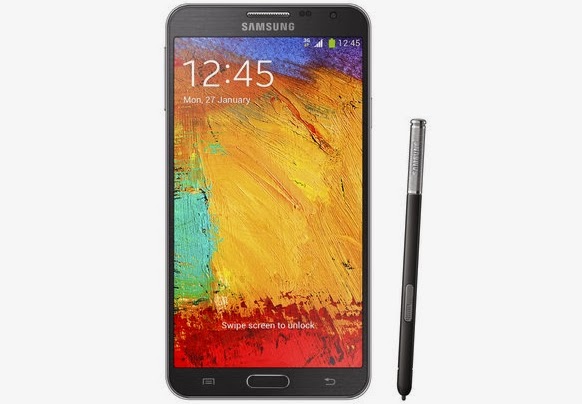Hands-on with the Sony Xperia Z1
After the announcement of the Xperia Z, the Z1 comes with a similarly sized 5" screen, a faster Qualcomm Snapdragon 800 quad-core 2.2Ghz processor, a larger 3000 mAh battery, 4G LTE support, is also dust and water resistant (rated IP55 and IP58), built with tempered glass and a single piece aluminium frame.
 |
From left to right; the Sony Xperia Z, Z1 and the Z Ultra. |
 |
The Z1 features a fast f/2.0 G lens with a wide-angle view of 27mm. |
The 5" screen features Sony's TriLuminos display for mobile, and it looks good in real life, with none of the washed out viewing angles which plagued the Xperia Z.
The key draw for the Z1 however, is definitely its camera. It's not just about the 20.7 megapixels, the 1/2.3" Exmor RS CMOS sensor inside is as big as sensors found in most digital compact cameras today. Sensor size matters when it comes to image quality, and the Z1's sensor size makes it the third-largest found in smartphones today, on par with the Samsung Galaxy Zoom and behind only the Nokia Lumia 1020 and 808.
 |
The Z1's 5" screen is the same size as the Xperia Z's, but the Z1 is slightly bigger and thicker. |
Not only that, the Z1 features two Sony brand names from their digital cameras, which implies Sony's confidence in the Z1's imaging prowess.
The first is a G lens, which shares the same name as Sony's range of G lenses for their DSLR cameras; the lens on the Z1 has a fast maximum aperture of f/2.0 and a wide shooting angle of 27mm. The second is a BIONZ image processing engine; BIONZ-named image processing engines can be found in Sony's entire digital camera range. For all its impressive specs, however, the Z1 lacks one: Optical image stabilization, a key feature which helps you to minimize camera shake (you can find OIS on the HTC One and Lumia 1020).
 |
The screen looks good, with none of the washed out viewing angles which plagued the Xperia Z. |
Sony is also launching a suite of Xperia Camera apps to use with the Z1. Social Live broadcasts a live video feed from the Z1 to Facebook and may or may not be available at launch depending on the country. Info-eye uses the camera to do visual search with info on landmarks and items like books and wine. Timeshift burst takes 61 images in 2 seconds, a second before and after pressing the shutter, in 1920 x 1080 resolution.
 |
At 8.5mm, the Z1 is slightly thicker than the Z which has a thickness of 7.9mm. |
The Sony Xperia Z1 and the Nokia Lumia 1020 are the ones to watch for anyone who wants the best possible picture quality from their phones this season, and while the Lumia 1020 wins with specs like a whopping 38 megapixel count and optical image stabilization, it runs on Windows Phone 8. No disrespect to fans out there, but Windows Phone still lags behind iOS and Android when it comes to apps. While the Z1 has less megapixels and a smaller sensor without OIS, it runs on Android, and can even manage shooting in a little rain.
 |
The Z1 comes with a microSD slot and a mini-USB port. |
In the hands, the Z1 feels slightly more comfortable than the Z, thanks to its slightly rounded edges and smooth bevels, in contrast to the Z's harder edges. Even though the Z1 and the Z share a similarly sized 5" screen, the Z1 is slightly bigger and thicker, but not uncomfortably.
Like the Xperia Z, the Z1 will be available in white, black and purple, and is expected to be available globally in September 2013.



Comments
Post a Comment